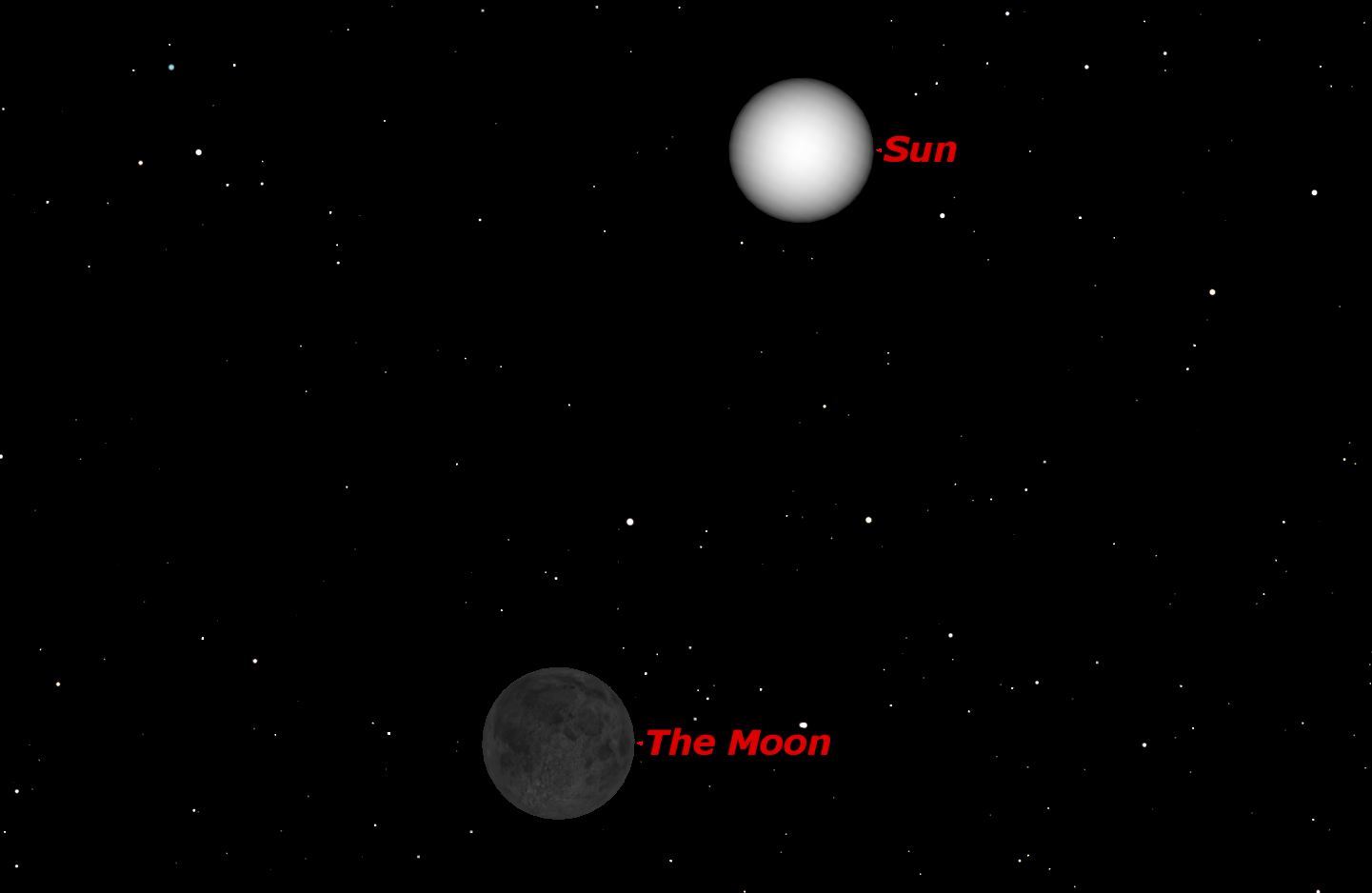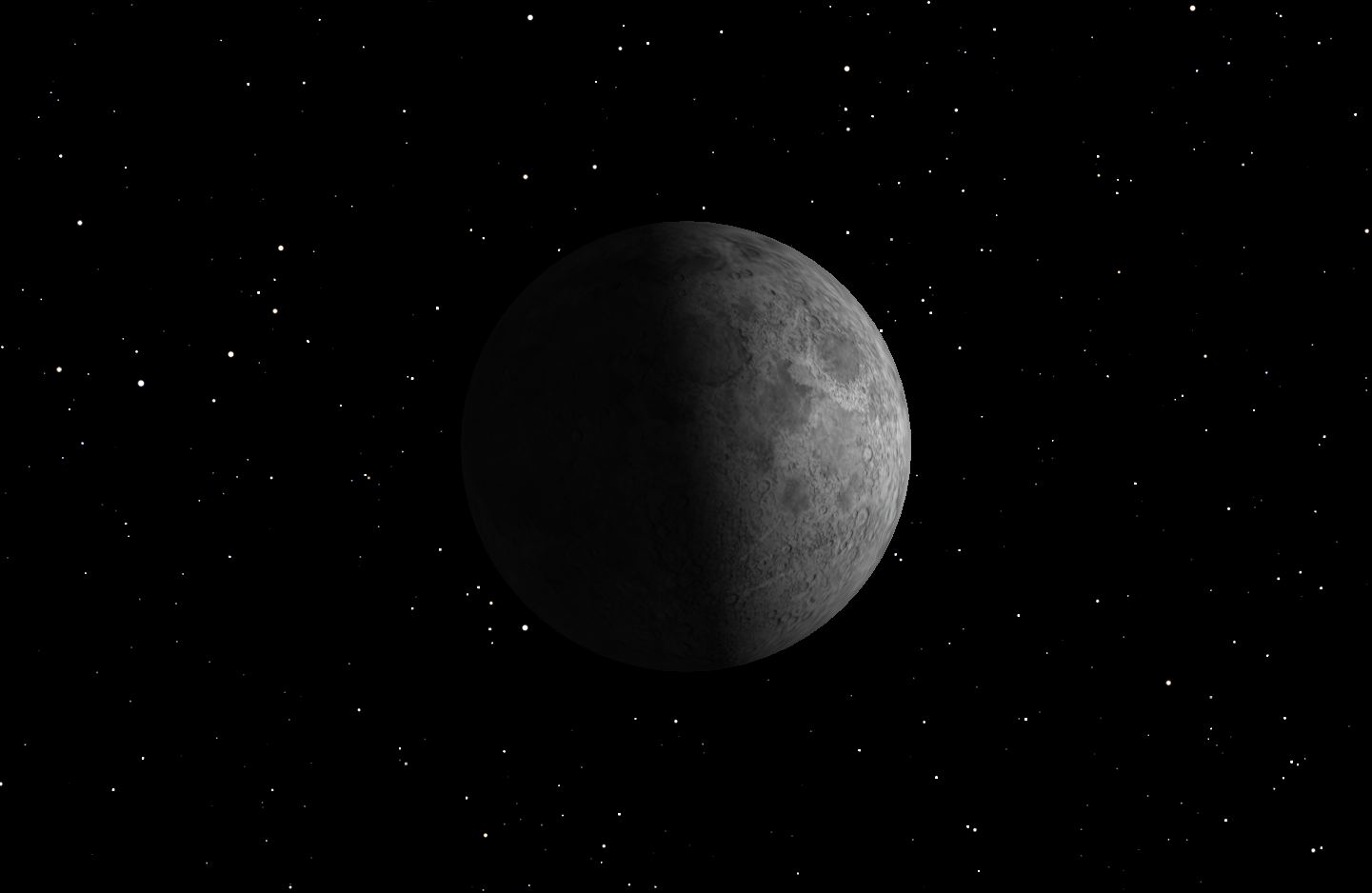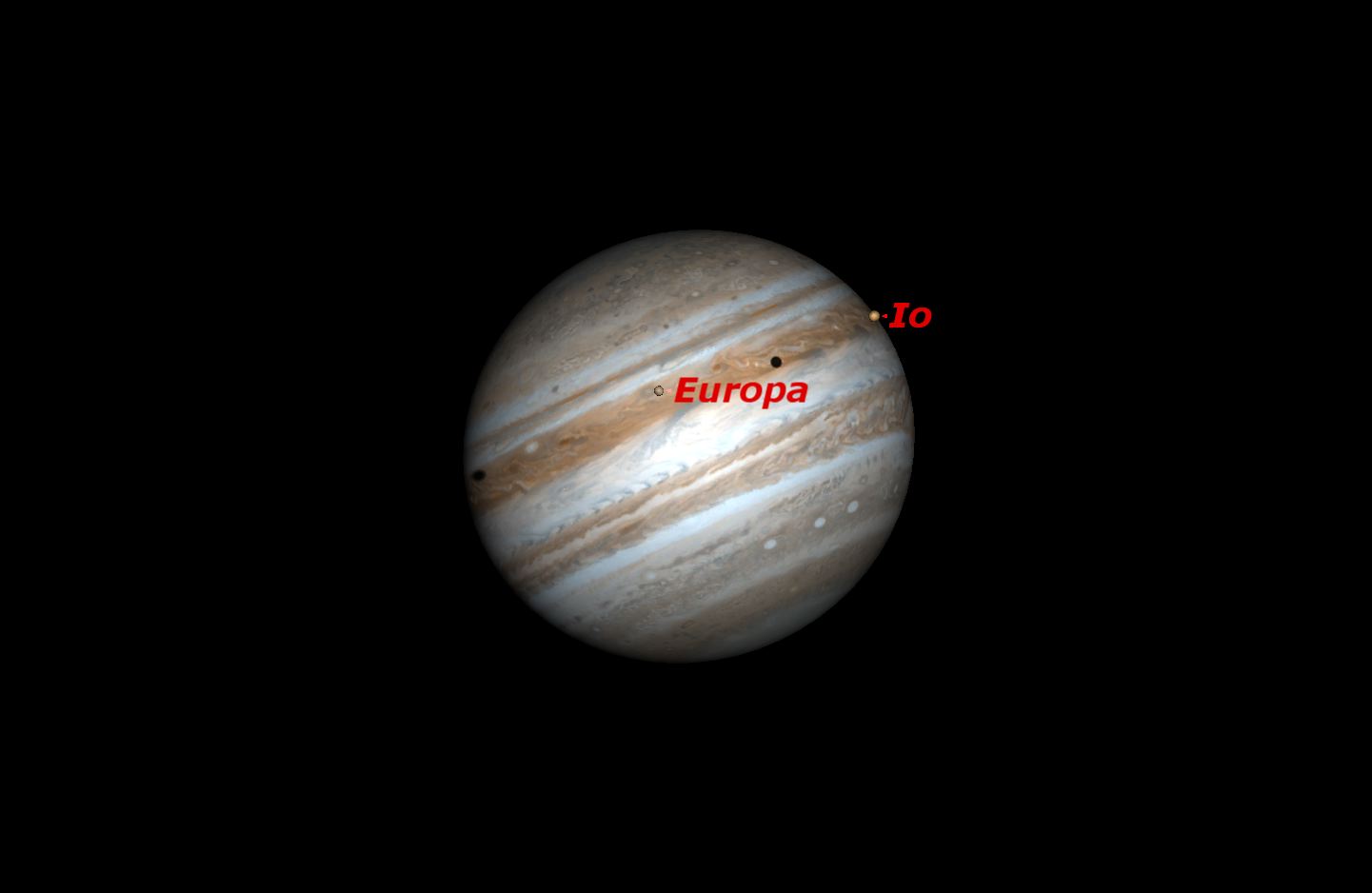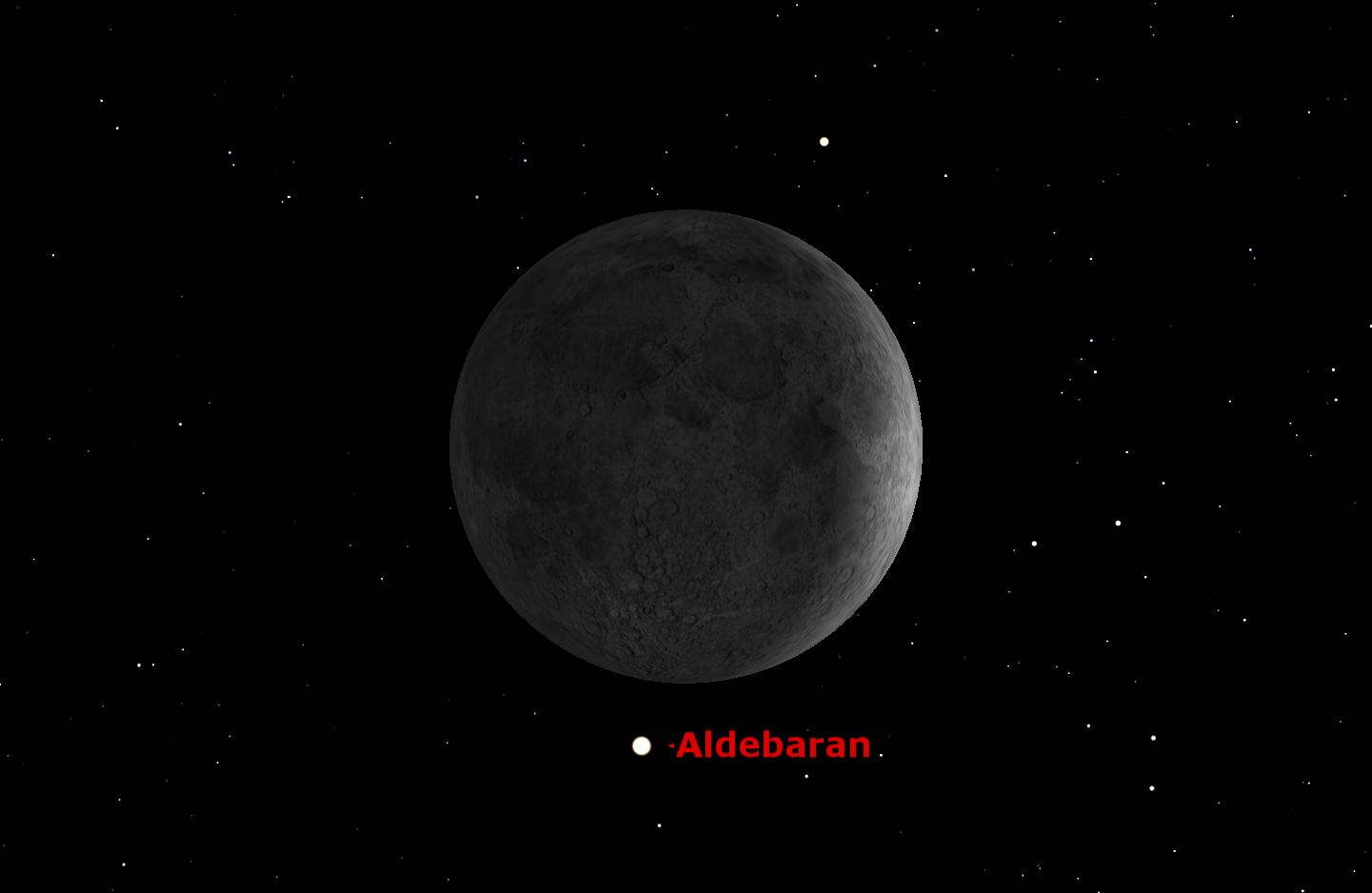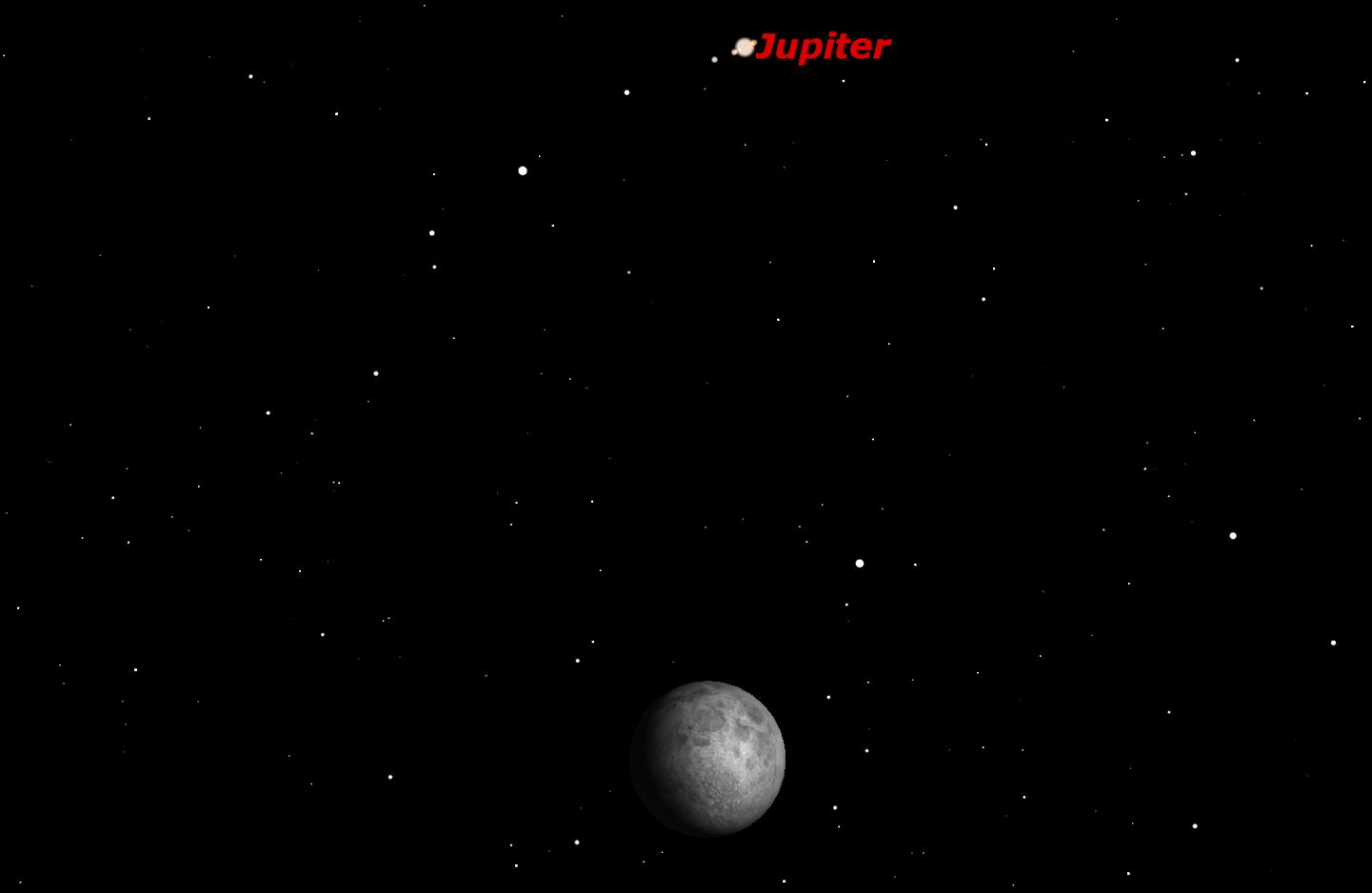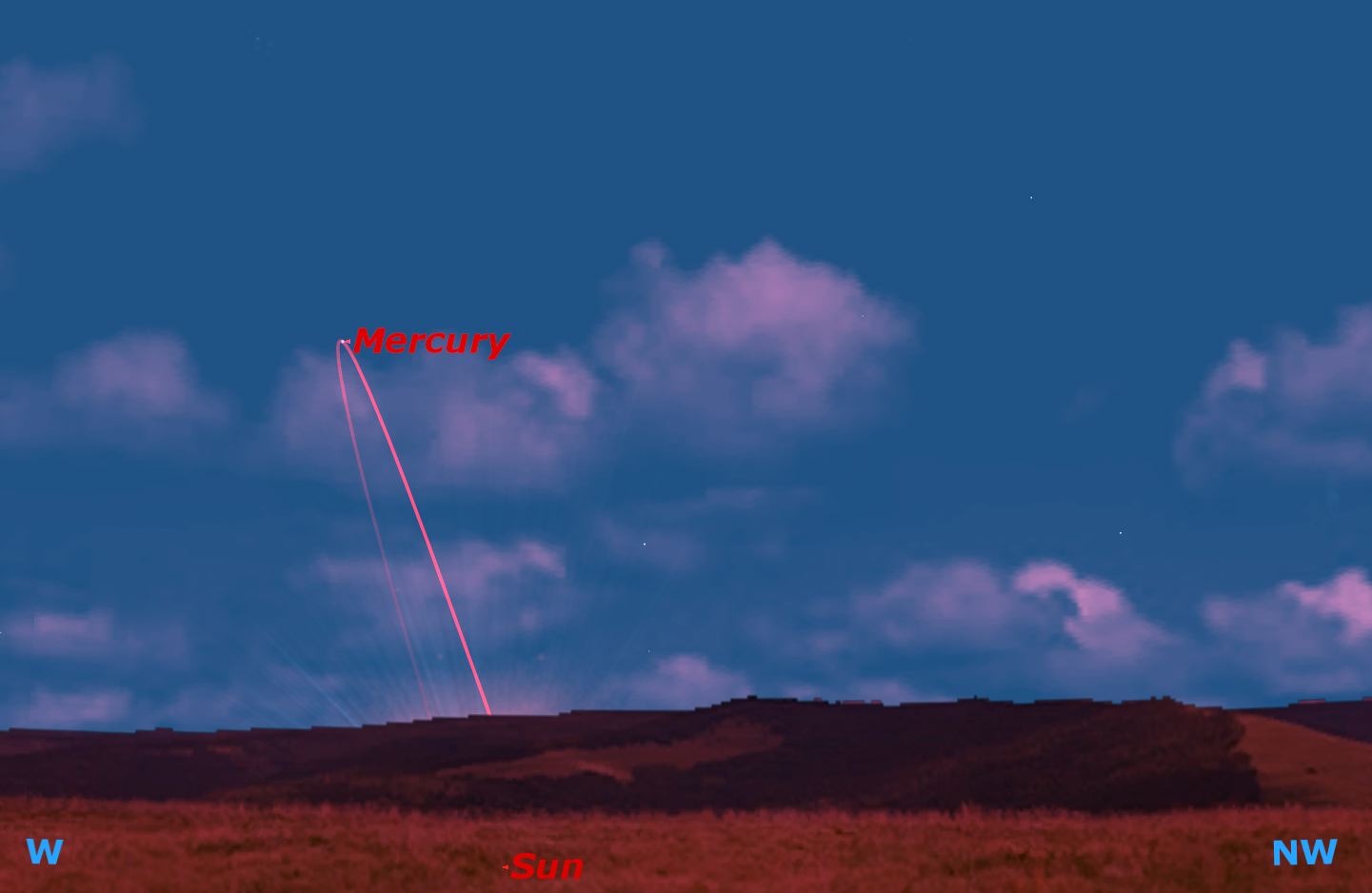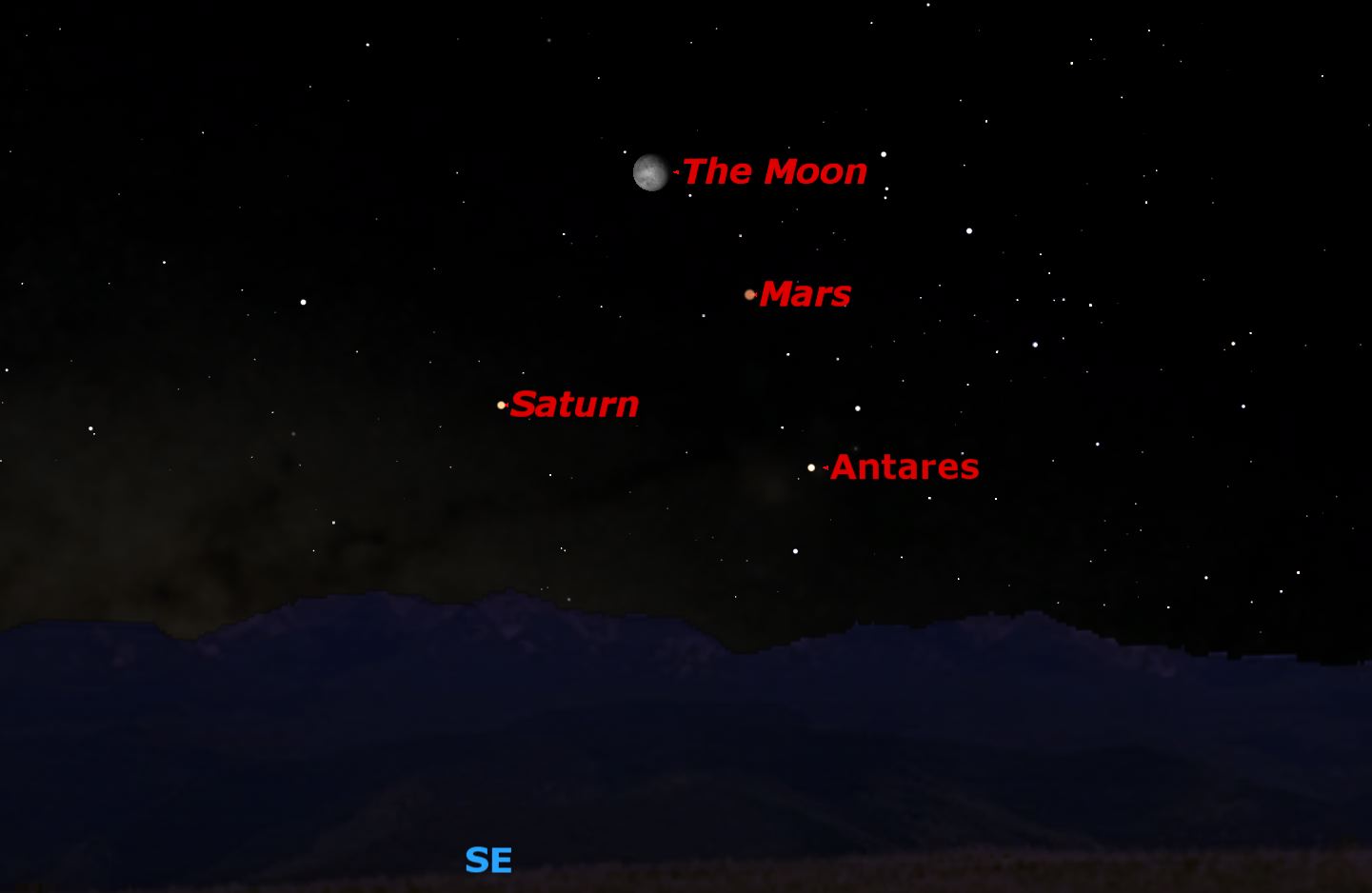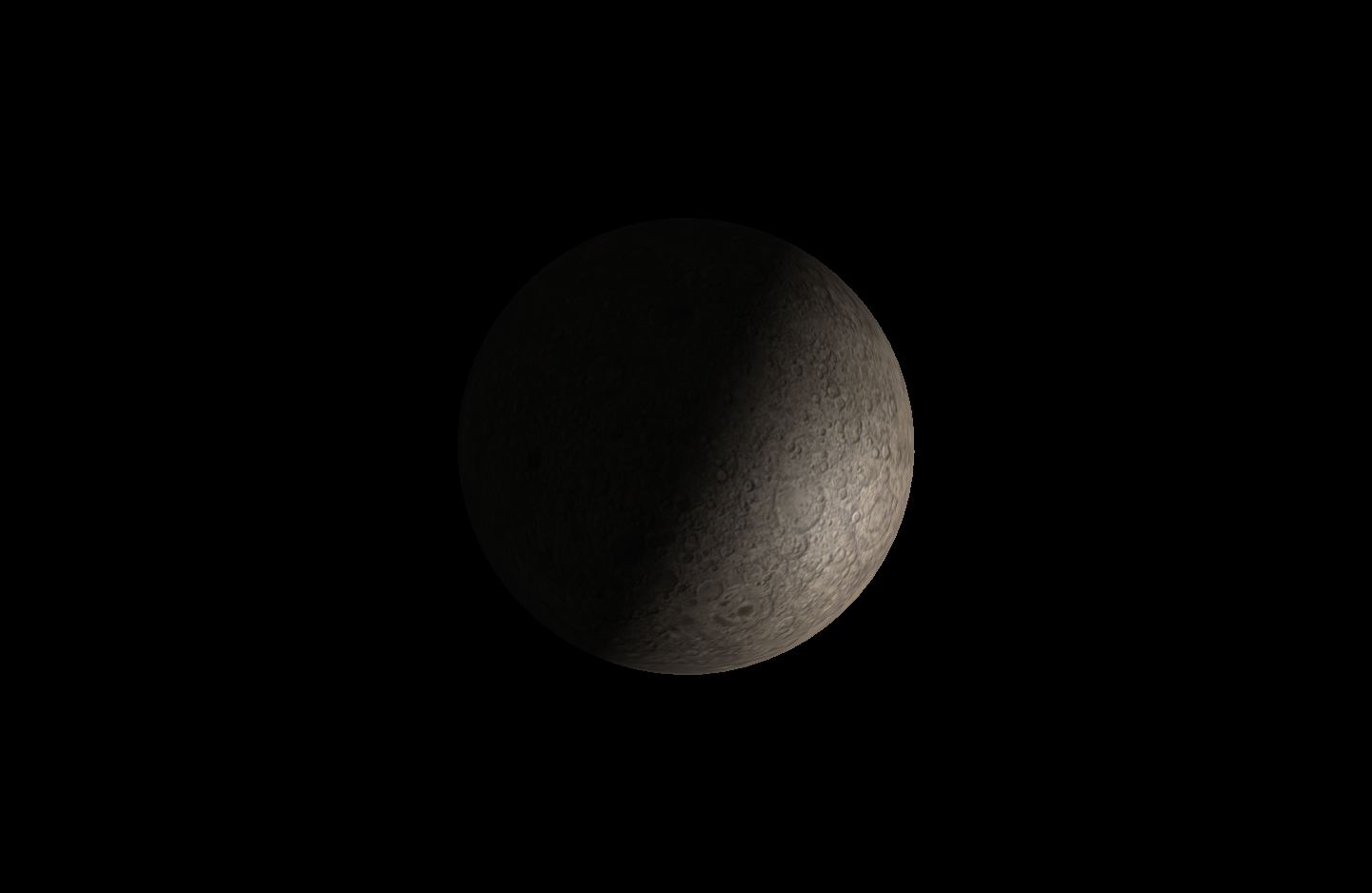Best Night Sky Events of April 2016 (Stargazing Maps)
New Moon, April 2016
See what's up in the night sky for April 2016, including stargazing events and the moon's phases, in this Space.com gallery courtesy of Starry Night Software. HERE: Thursday, April 7, 7:24 a.m. EDT. The moon is not visible on the date of New Moon because it is too close to the Sun, but can be seen low in the east as a narrow crescent a morning or two before, just before sunrise. It is visible low in the west an evening or two after New Moon.
First Quarter Moon, April 2016
Wednesday, April 13, 11:59 p.m. EDT. The First Quarter Moon rises around 11:45 a.m. and sets around 2:45 a.m. It dominates the evening sky.
Full Moon, April 2016
Friday, April 22, 1:24 a.m. EDT. The April Full Moon is known as the Seed Moon, Pink Moon, Sprouting Grass Moon, Egg Moon, or Fish Moon. It rises around sunset and sets around sunrise; this is the only night in the month when the moon is in the sky all night long. The rest of the month, the moon spends at least some time in the daytime sky.
Last Quarter Moon, April 2016
Friday, April 29, 11:29 p.m. EDT. The Last Quarter Moon rises around 2:30 a.m. and sets around 1:15 p.m. It is most easily seen just after sunrise in the southern sky.
Double shadow transit on Jupiter, April 2016
Tuesday, April 5, 5:37–6:19 a.m. EDT. Shadows of Io and Europa cross Jupiter simultaneously.
Aldebaran 0.3 degrees south of moon, April 2016
Tuesday, April 5, 5:37–6:19 a.m. EDT. Shadows of Io and Europa cross Jupiter simultaneously.
Jupiter 2 degrees north of moon, April 2016
Monday, April 18, 1 a.m. EDT. The waxing gibbous moon will pass just south of Jupiter.
Breaking space news, the latest updates on rocket launches, skywatching events and more!
Mercury at greatest elongation east, April 2016
Monday, April 18, 1 a.m. EDT. The waxing gibbous moon will pass just south of Jupiter.
Moon, Saturn, Mars, and Antares in group, April 2016
Monday, April 25, past midnight. These four bright objects will rise as a group in the east just after midnight on April 24/25.
Juno at opposition, April 2016
Tuesday, April 26, 11:00 p.m. EDT. The asteroid Juno is exactly opposite the sun in the sky, and is visible all night. It is magnitude 10.0 in the eastern part of the constellation Virgo.
Mercury, April 2016
Mercury is well placed all month in the evening sky, the best apparition of the year for observers in the Northern Hemisphere.

Geoff Gaherty was Space.com's Night Sky columnist and in partnership with Starry Night software and a dedicated amateur astronomer who sought to share the wonders of the night sky with the world. Based in Canada, Geoff studied mathematics and physics at McGill University and earned a Ph.D. in anthropology from the University of Toronto, all while pursuing a passion for the night sky and serving as an astronomy communicator. He credited a partial solar eclipse observed in 1946 (at age 5) and his 1957 sighting of the Comet Arend-Roland as a teenager for sparking his interest in amateur astronomy. In 2008, Geoff won the Chant Medal from the Royal Astronomical Society of Canada, an award given to a Canadian amateur astronomer in recognition of their lifetime achievements. Sadly, Geoff passed away July 7, 2016 due to complications from a kidney transplant, but his legacy continues at Starry Night.
